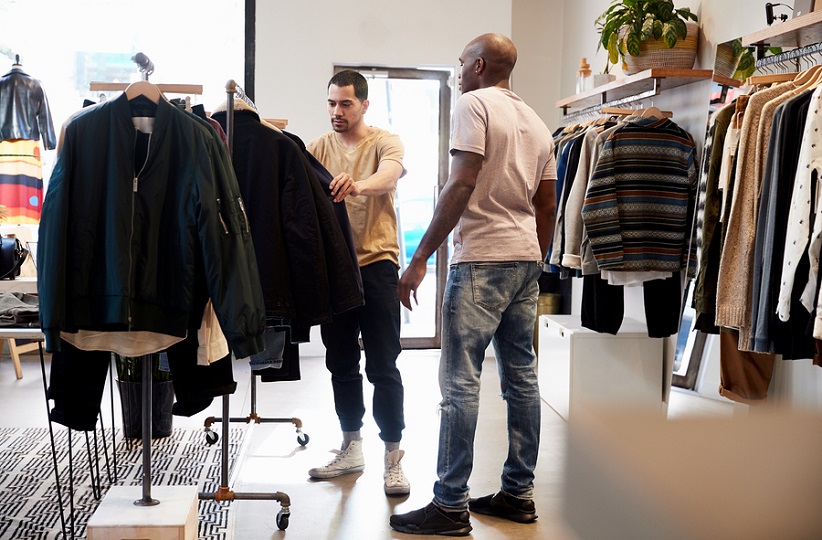Here’s what the data says about the way we buy clothes now

Australians spent $21.3 billion buying goods online in 2017, according to research by Australia Post, an increase of 18.7 per cent from 2016. By every metric, e-commerce seems to be growing in importance to our daily lives.
But offline retail is still bigger by far. Even with the online growth, the same study predicts that by 2020, just one in 10 items will be bought online. And given that 38 per cent of Gen Z, supposedly the most tech-savvy amongst us, say they find it difficult to find what they need online, it’s hardly surprising that in-store browsing is still so popular with shoppers. But retailers must understand that these categories are not mutually exclusive.
We all know that the most effective marketing strategies are built on a fundamental understanding of who your customer is, but we should be careful of overusing stereotypes for this definition. Today’s customers expect personalised and authentic engagement delivered seamlessly across channels.
Take clothing as an example. Amongst all the rapid online growth, apparel shopping is the single largest product category, comprising nearly 20 per cent of all e-commerce sales. But this doesn’t mean that shoppers are doing the majority of their clothes shopping online.
Reducing the activity of going clothes shopping to two statistical groups, online and offline shoppers, misses the point. Shoppers are humans first and foremost; humans that exist both online and offline, and can shop both in-store and on their mobile phones at the same time.
Our latest report on apparel trends found that there is no significant separation between channels. When shoppers shop online, they don’t tend to start their searches at a search engine. They tend to go directly to retailer sites or apps.
Moreover, shoppers don’t just stick with one device – even the bucket of ‘online’ purchases is too vague. Thirty-five per cent of post-click sales completed on a desktop are preceded by a click on another device. So just because shoppers find something they like on one device, doesn’t mean they will buy from that same device.
The line between online and offline is even more blurred. Apparel shoppers move seamlessly between online research and in-store purchase. Or they try on in-store then buy online, whether from their mobile device or when back at home.
For all the growth in internet retailing, our data shows that 32 per cent of internet users are still more likely to complete a clothing purchase at a physical store than online.
But what does this all mean for retailers? How can you accurately and effectively market to a customer that is online and offline, across every channel, and has a tendency towards browsing rather than searching?
This is the most important time of year for retailers, but too few of them focus on owning the shelves early enough. Product page views across all categories start rising noticeably in October. Brands should be looking to take advantage of browsing habits and decision-forming activity as early as the beginning of September.
Accurately understanding and effectively targeting the right customers for your brand is key for seasonal sales. Understand that customers do not act as statistics, but as humans, complete with online and offline browsing, indecision and returning to old ideas. Who your brand’s customers are will always be the most important component of your marketing strategy.
Pressy Sankaran is head of ANZ at Criteo.
Comment Manually
You must be logged in to post a comment.

No comments